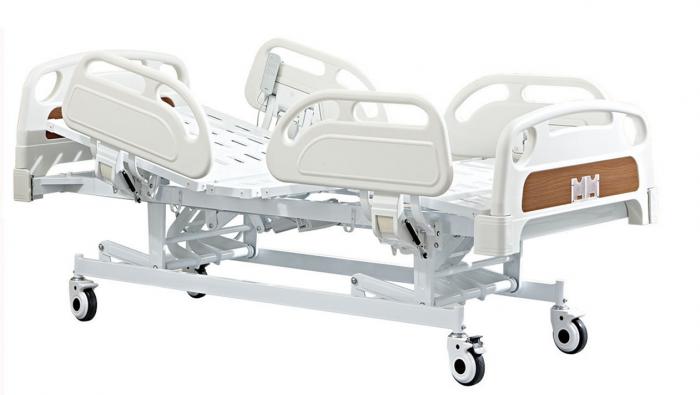Global Hospital Beds Shortage

Global Hospital Beds Shortage: Healthcare Systems Under Strain Post-Pandemic
Hospitals worldwide are grappling with a critical shortage of beds, as rising patient numbers, seasonal illnesses, and aging populations push healthcare systems to their limits. Experts warn that without urgent investment and systemic reforms, many countries will struggle to cope with future health crises.
**Growing Demand Outpaces Supply**
According to the World Health Organization (WHO), low- and middle-income countries face the most severe shortages, with some regions having fewer than one hospital beds per 1,000 people—far below the recommended threshold. Even in wealthier nations, overcrowded hospitals remain a persistent issue, particularly during flu seasons and disease outbreaks.
**Post-Pandemic Strain**
The COVID-19 pandemic exposed the fragility of global healthcare infrastructure, with many hospitals operating beyond capacity for months. While the acute crisis has subsided, its aftermath lingers. In India, for instance, public hospitals report occupancy rates exceeding 90%, leaving little room for emergencies.
**Innovations and Policy Responses**
Governments and healthcare providers are exploring solutions to ease the pressure:
1. **Expanding Capacity** – Japan has pledged to add 100,000 new hospital beds by 2030, focusing on critical care and elderly care units.
2. **Smart Allocation** – Germany is using AI-driven predictive analytics to optimize bed availability and reduce wait times.
3. **Decentralizing Care** – Countries like the UK are shifting non-urgent cases to community clinics to free up hospital resources.
As global health demands evolve, the race to secure adequate hospital beds highlights the urgent need for sustainable healthcare planning.